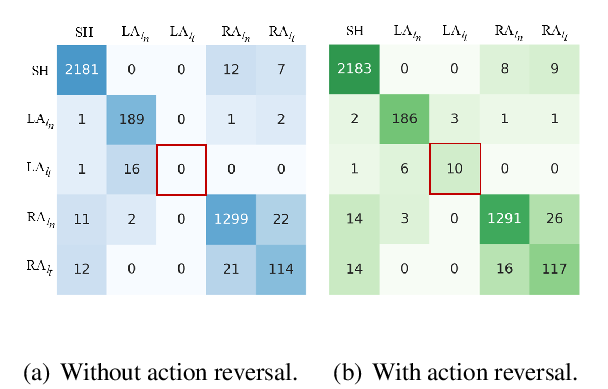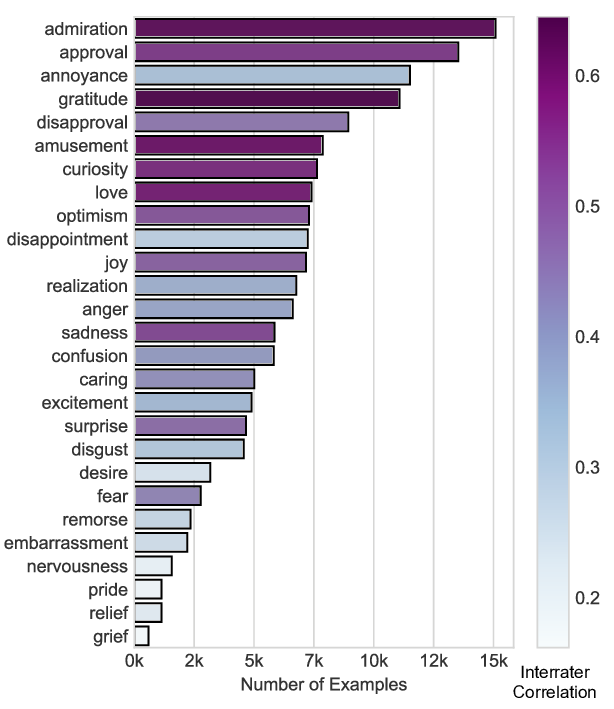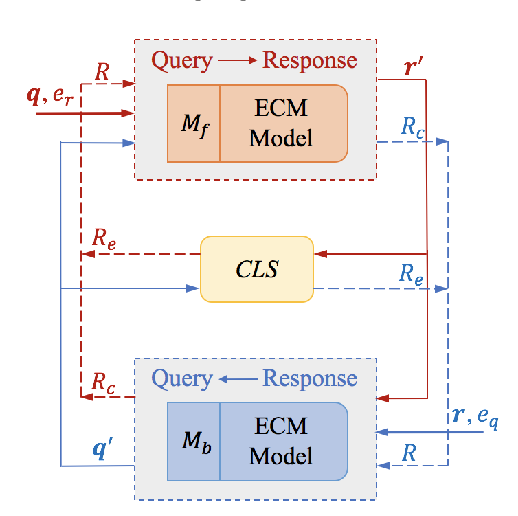ECPE-2D: Emotion-Cause Pair Extraction based on Joint Two-Dimensional Representation, Interaction and Prediction
Zixiang Ding, Rui Xia, Jianfei Yu
Sentiment Analysis, Stylistic Analysis, and Argument Mining Long Paper
Session 6A: Jul 7
(05:00-06:00 GMT)

Session 8B: Jul 7
(13:00-14:00 GMT)

Abstract:
In recent years, a new interesting task, called emotion-cause pair extraction (ECPE), has emerged in the area of text emotion analysis. It aims at extracting the potential pairs of emotions and their corresponding causes in a document. To solve this task, the existing research employed a two-step framework, which first extracts individual emotion set and cause set, and then pair the corresponding emotions and causes. However, such a pipeline of two steps contains some inherent flaws: 1) the modeling does not aim at extracting the final emotion-cause pair directly; 2) the errors from the first step will affect the performance of the second step. To address these shortcomings, in this paper we propose a new end-to-end approach, called ECPE-Two-Dimensional (ECPE-2D), to represent the emotion-cause pairs by a 2D representation scheme. A 2D transformer module and two variants, window-constrained and cross-road 2D transformers, are further proposed to model the interactions of different emotion-cause pairs. The 2D representation, interaction, and prediction are integrated into a joint framework. In addition to the advantages of joint modeling, the experimental results on the benchmark emotion cause corpus show that our approach improves the F1 score of the state-of-the-art from 61.28% to 68.89%.
You can open the
pre-recorded video
in a separate window.
NOTE: The SlidesLive video may display a random order of the authors.
The correct author list is shown at the top of this webpage.
Similar Papers
Effective Inter-Clause Modeling for End-to-End Emotion-Cause Pair Extraction
Penghui Wei, Jiahao Zhao, Wenji Mao,

Transition-based Directed Graph Construction for Emotion-Cause Pair Extraction
Chuang Fan, Chaofa Yuan, Jiachen Du, Lin Gui, Min Yang, Ruifeng Xu,

GoEmotions: A Dataset of Fine-Grained Emotions
Dorottya Demszky, Dana Movshovitz-Attias, Jeongwoo Ko, Alan Cowen, Gaurav Nemade, Sujith Ravi,

